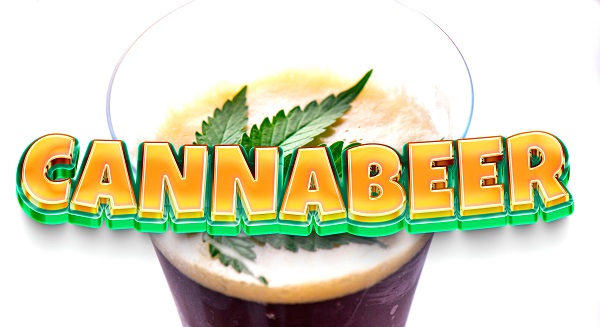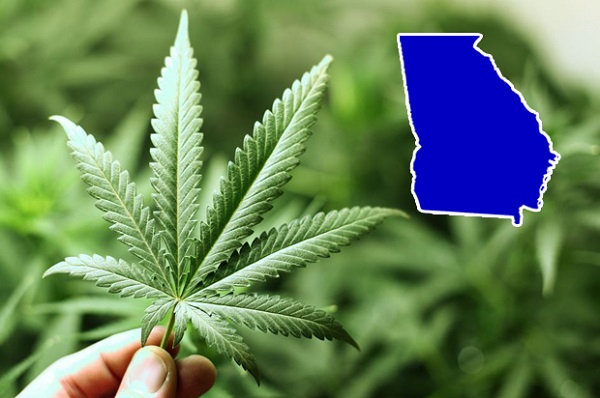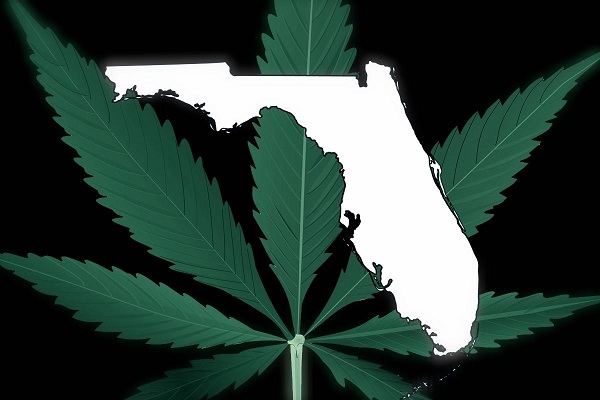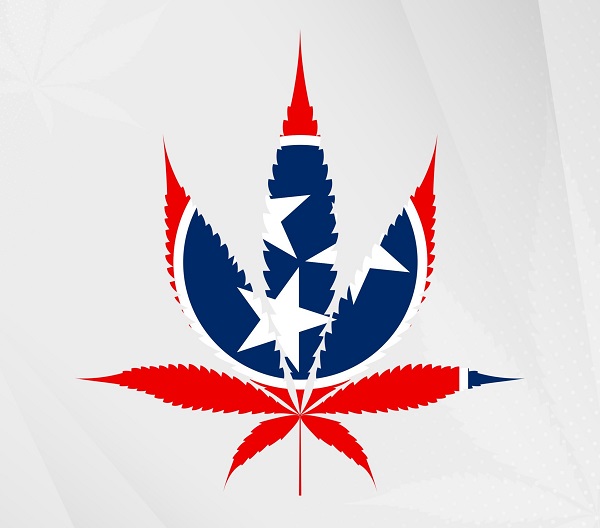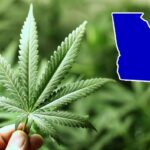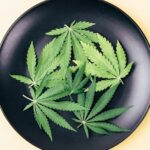The closest botanical relative of cannabis, hops have been an integral part of the brewing process for centuries, if not millennia. Hops have a pungent, aromatic flavor and aroma that is often compared to cannabis. Because of this, some brewers have begun to experiment with using cannabis along with hops.
Cannabis beer, or «cannabeer», is a modern combination of the two worlds of cannabis and alcohol. If you are familiar with botany and systematics, the reason for this becomes obvious. Botanically, cannabis and hops are closely related, and scientists believe that the two plants share a common ancestor.
These connections between the two have attracted the attention of cannabis enthusiasts, who are also into home brewing Thanks to this interest, cannabis beer has emerged and is now becoming a trend around the world.
The basics: how beer is made
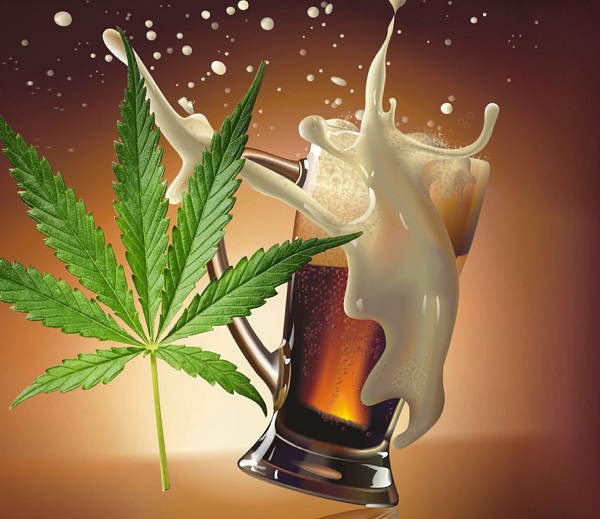
After the wort boils and cools, it is distilled into «fermenters» to allow the sugars to turn into alcohol (ethanol). The fermentation process (www.howtobrew.com/book/introduction) uses yeast, which produces enzymes that convert sugars into ethanol.
In the initial stage of the process, crushed malted cereal grains (called «pellets» are mixed with hot water (called «liquor» by the brewer) in a large container known as a mash vat. The malt grains germinate by immersion in water, but do not germinate completely by exposing them to hot air.
The mashing process activates the production of enzymes needed to convert starches into sugars. After 1-2 hours of «mashing», the starches are mostly converted into sugars, and the water (which now contains dissolved sugars) is filtered out. This mixture of water and dissolved sugars is wort.
The wort is then transferred to a cauldron (usually of copper) and boiled for about an hour. This allows the water to evaporate and the sugars to become more concentrated. Also at this stage the remaining enzymes from the mashing process are destroyed.
During the boiling process, hops are added to the boiler. This can be done at any time and can be repeated one or more times at different stages. The hops give the drink its bitterness, aroma and flavor: the longer it brews, the more bitter the product gets, but the flavor and aroma suffer. When hops are added to the mix, it becomes a «hop wort».
After boiling, the hoped wort is cooled and transferred to a large vat called a fermenter, where yeast is added. This starts the fermentation process. It can last from a week to several months, depending on the type of yeast and the alcohol content of the final product.
Beer is often fermented several times in a series of two or more fermenters. In addition to converting sugars to ethanol, the process allows fine solids to settle. Once fermentation is complete, the yeast also settles, making the final product clear.
Once fermentation is complete, more sugar is added to the drink; the remaining yeast begins to react with it, releasing carbon dioxide bubbles that provide carbonation. This step is known as «dosing» or «conditioning» and is usually the last process before bottling. After the sugar is added, the drink is left for a week to let most of the carbonation go away. Otherwise, if bottled too early, excess carbonation can cause pressure to build up and the bottles may warp or burst.
Using hops in the brewing process
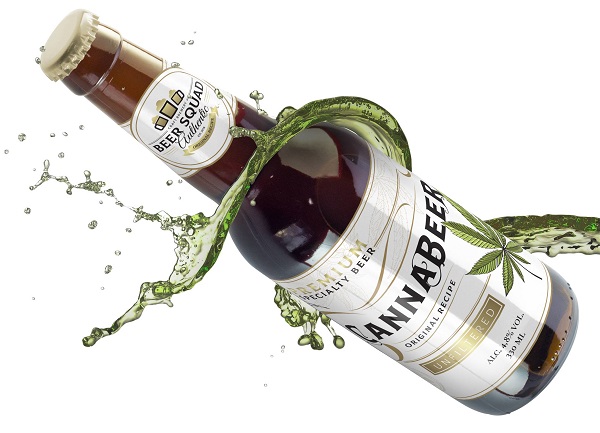
Before hops became the main flavoring agent, a mixture of herbs called «Gruit» was used to flavor beer (https://www.craftbeer.com/craft-beer-muses/gruit-ales-beer-before-hops). Hops are mainly used to improve flavor and stability, but their presence is not mandatory in the brewing process. Throughout history many beers have been created with alternative flavorings.
Hops have a selective antibacterial effect that promotes yeast and suppresses the growth of undesirable bacteria. Beers made with hops have proven to be less prone to spoilage due to this property of the plant (https://www.ncbi.nlm.nih.gov/pubmed/14623377).
Hop resins contain two main forms of acid, alpha and beta acids (bioweb.uwlax.edu/bio203/s2009/sewalish_andr/Humulus%20Lupulus%20-%20Common%20Hops/Hop%20Anatomy%20and%20Chemistry%20101.html). Hops are classified according to their alpha acid content. Alpha acids have a weak antibacterial effect, promote yeast activity during fermentation and impart bitterness to the beer. Beta acids influence the aroma of the beer, and hops with high beta content are usually added to the wort at the end of brewing.
It is interesting to note the similarities between hops and cannabis, their growing methods and characteristics (https://www.popsci.com/science/article/2012-11/beersci-marijuana-related-hops/). Both plants are dicotyledonous, which means they are divided into male and female plants, although they can sometimes be monocotyledonous.
Only female hop inflorescences are used to flavor beer. As with cannabis, seeds are undesirable, so male plants are removed or not grown if hops are propagated vegetatively.
Alternatives to flavorings in brewing
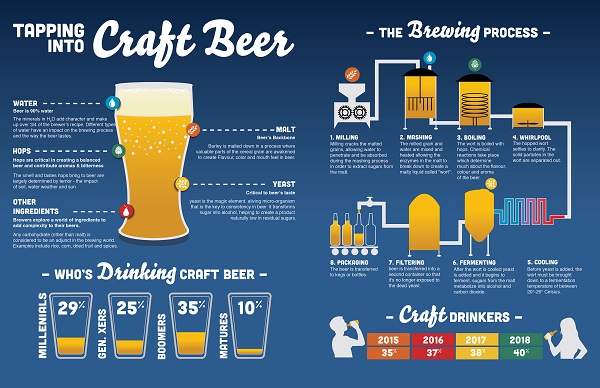
Gruit was a traditional herbal mixture used to flavor beer (https://www.atlasobscura.com/foods/gruit-ale-beer-without-hops). It usually consisted of wild herbs common in Northern Europe, such as fragrant stormwort (Myrica gale), common wormwood (Artemisia vulgaris), heather (Calluna vulgaris), ground ivy (Glechoma hederacea), and yarrow (Achillea millefolium).
In addition, small amounts of black hemlock, juniper berries, ginger, cumin seeds, anise, nutmeg and cinnamon were added to some of the fruit mixes. Some of the ingredients-Gruit is known to not only impart flavor, but also have antibacterial properties.
In the 1990s there was renewed interest in craft beer produced by independent microbreweries in the U.S. and Europe. At the same time there was an increased interest in beers without hops and ales brewed with Gruit blends or ingredients.
European examples include Gageleer (also using sweet storm) from Proefbrouwerij in Belgium (https://www.gageleer.be/en/); Fraoch (flavored with sweet storm (https://www.williamsbrosbrew.com/beer/fraoch), ginger and heather flowers) and Alba (https://www.williamsbrosbrew.com/beer/alba) (using pine twigs and spruce buds) from Williams Bros in Scotland.
As craft beer has grown in popularity, so has the trend toward home brewing. As a result, craft beer enthusiasts who were also into cannabis began experimenting with combining them in their homes. A variety of recipes created by dedicated homebrewing enthusiasts can now be found online.
Cannabis beer is already on sale
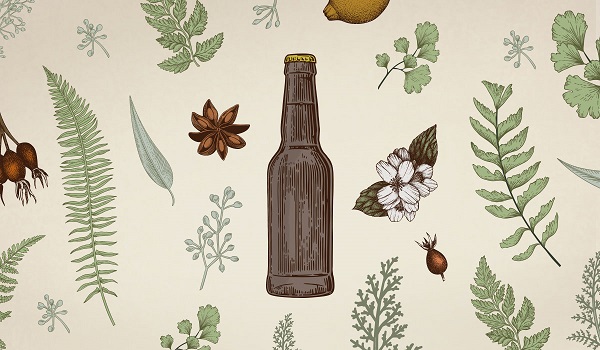
Hemp-based beers can be sold anywhere in the U.S. as long as they are THC-free. Various hemp beers have been available in the past, including O’Fallon Hemp Hop Rye, Lagunitas Waldos (https://lagunitas.com/beer/waldos) Special Ale, SweetWater 420 Extra Pale Ale and Harvest Moon Organic Hemp Ale.
To qualify for federal approval to sell hemp beer, the brand’s marketing and style must not be associated with or exaggerate cannabis. In Washington, a local beer called Joint Effort is slowly becoming popular (nation.time.com/2013/11/21/with-legal-weed-comes-hemp-beer/). They first started selling it on draft in July 2013. In October of that year, Joint Effort began bottling the beer, and it is now available at more than eighty outlets across the state.
Joint Effort, created by Redhook Ale Brewery and Hilliard’s Beer, has the tagline «a questionable collaboration between two friends». In the bars where the beer is sold on draft, the pour handles are made from bongs purchased from local stores. The taste and aroma of the drink also resemble cannabis, and reportedly do so quite convincingly.
However, because of the provocative marketing associated with cannabis, the drink was rejected by the Alcohol and Tobacco Tax and Trade Bureau for sale nationwide.
Is it possible to make cannabis beer psychoactive?
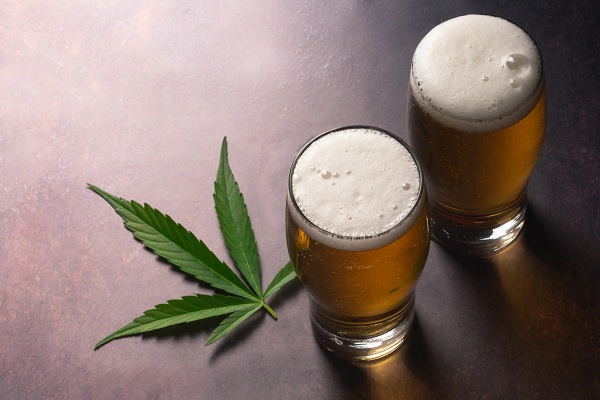
Home brewers around the world, including the U.S., Canada and Europe, have experimented with adding cannabis to beer, achieving different results. Accurate information is hard to find, as many forums can provide inaccurate and confusing recommendations. Most agree that before adding cannabis, dried cones should be soaked in cold filtered water to remove chlorophyll and water-soluble resins, which can negatively affect taste (https://www.britannica.com/science/chlorophyll).
Some sources argue that cannabis should be added to the wort at the boiling stage (although this may lead to the loss of most of the terpenes), while others believe that adding cannabis after the heat source is turned off (immediately after removing the wort) provides the best flavor and maximum THC extraction. There is an opinion that adding dried cannabis cones after the wort has cooled is more effective (similar to dry-hopped beer), which maximizes flavor and aroma (https://byo.com/article/dry-hopping-techniques/).
Most home brewers agree that cannabis should be added after the primary fermentation is complete, when most of the sugars have been converted to ethanol. This approach seems the most logical, as it most effectively extracts the cannabinoids and makes the beer psychoactive. Some believe that cannabis should be added when the beer is transferred to a second fermenter, which gives a week or more time to extract the cannabinoids.
What is the best beer to brew with cannabis?
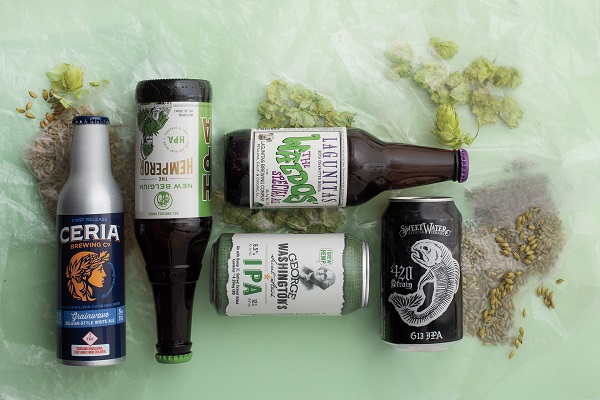
According to various sources, the most appropriate beer styles for experimenting with cannabis include imperial IPAs, barleywines, stouts and pale ales. These styles usually contain a fair amount of alcohol; ideally, when the alcohol content is between 6.5% and 8% ABV, allowing for the extraction of THC and other cannabinoids. Some home brewers increase the alcohol content to 10% ABV to create a product with strong effects.
Barleywines with cannabis are particularly popular with home brewers, providing results that are rich in flavor, alcohol and THC. However, the taste can be too intense for the untrained beer drinker. IPAs and pale ales are generally more palatable, and with a good malt base, hop and cannabis flavors should not be too dominant.
Most home brewers do some experimentation to create cannabis beers that match their preferences. Cannabis has unique and complex flavors that can be unfamiliar and difficult to mix. Nevertheless, if successful, cannabis beer can have a superior flavor and aroma, as well as a distinct cannabis and alcohol effect.
Brewing hemp beer with «green dragon» extract
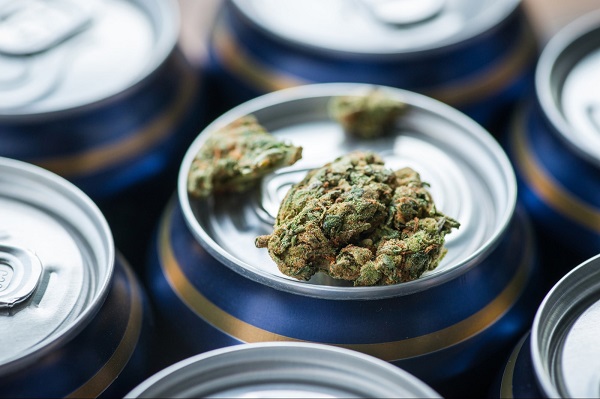
If the main goal is to get a product with a strong THC effect, an alternative method can be used. Instead of adding cannabis directly to the mash, the cannabis is infused with strong alcohol, such as vodka, to produce an extract known as «green dragon». The extract is added to the beer in the final brewing stage before the «dosing» or conditioning stage.
The conditioning stage usually involves the use of a priming solution of sugar water, which is added directly to the wort. It is recommended that cannabis extract be added to the priming solution before mixing.
When adding the mixture to the wort, it is important to ensure smooth stirring and avoid splashing. Too much impact on the surface of the wort after fermentation is complete can cause oxidation and ruin the flavor. After the mixture is gently mixed with the wort, leave it for about a week to carbonate.
It is preferable to prepare the green dragonberry extract immediately before brewing, as prolonged storage can lead to a decrease in potency and bitterness. A common misconception is that cannabis must be infused in ethanol for a month to fully extract the cannabinoids; however, this only results in the extraction of chlorophyll and plant resins.
Instead, a quick wash method is recommended, in which the cannabis is soaked in alcohol for no more than 30 minutes, after which it is strained and separated. The alcohol can then be evaporated by heating the mixture to a syrupy consistency. It is not necessary to evaporate the alcohol completely, as the green dragon juice mixes more easily with the drink in a liquid state.
Determining the correct amount of green dragon extract to add to the drink can be tricky. Adding too much alcohol to the wort can kill the yeast and disrupt the inoculation process. For some species of wild yeast, die-off can begin with a total alcohol content of only 5%; for Saccharomyces cerevisiae, most commonly used in brewing, the alcohol content can be as high as 17%.
By focusing on the strength of the green dragon extract, such a high alcohol content can easily be avoided. As a rule, a concentration of up to 0.5 grams of cannabis per finished bottle of beer is optimal to ensure a harmonious combination of cannabis and alcohol effects.
Recipes for homemade cannabis beer
For beginners and those who want to avoid the complexities of home brewing, the easiest way is to buy a basic home brewing kit (such as the Mr. Beer Kit) and follow the instructions. Then add dried cannabis inflorescences a week before bottling your beer.
For those with more in-depth knowledge of brewing, there are a variety of recipes. Newcomers to brewing often use a method called “extract brewing,” which allows the brewer to skip the whole-grain mashing step to produce the wort. Instead, malt extracts and hops are added to water and heated to produce wort; this process is much easier and requires less equipment and skill.
Experienced brewers who prefer to take a “clean” approach to brewing are more likely to use the all-grain brewing method described at the beginning of this article. Below is a recipe for making five gallons of beer, adapted for both the extract brewing method and the whole-grain brewing method.
Extract method:
- 1lbs caramel 20l malt
- 3lbs extra light dry malt extract
- 4lbs pale malt extract
- 6oz hops (Brewer’s yeast)
- 1-3oz cannabis (1oz of fine quality, up to 3oz of lower quality or trim)
All-grain method:
- 10lbs Belgian pale malt
- 1lbs Belgian biscuit
- 1/2 lbs of caramel 20l
- 1oz hops 10-12% AABW
- 3oz hops 4-6% AABW
- Wyeast American Ale Yeast 1056
- 1oz fine quality cannabis
This recipe holds that the best time to add the cannabis is when the beer is transferred from the first to the second fermenter, along with an ounce of hops—essentially a dry-hop method. The beer should also be conditioned for one to two weeks prior to bottling.

